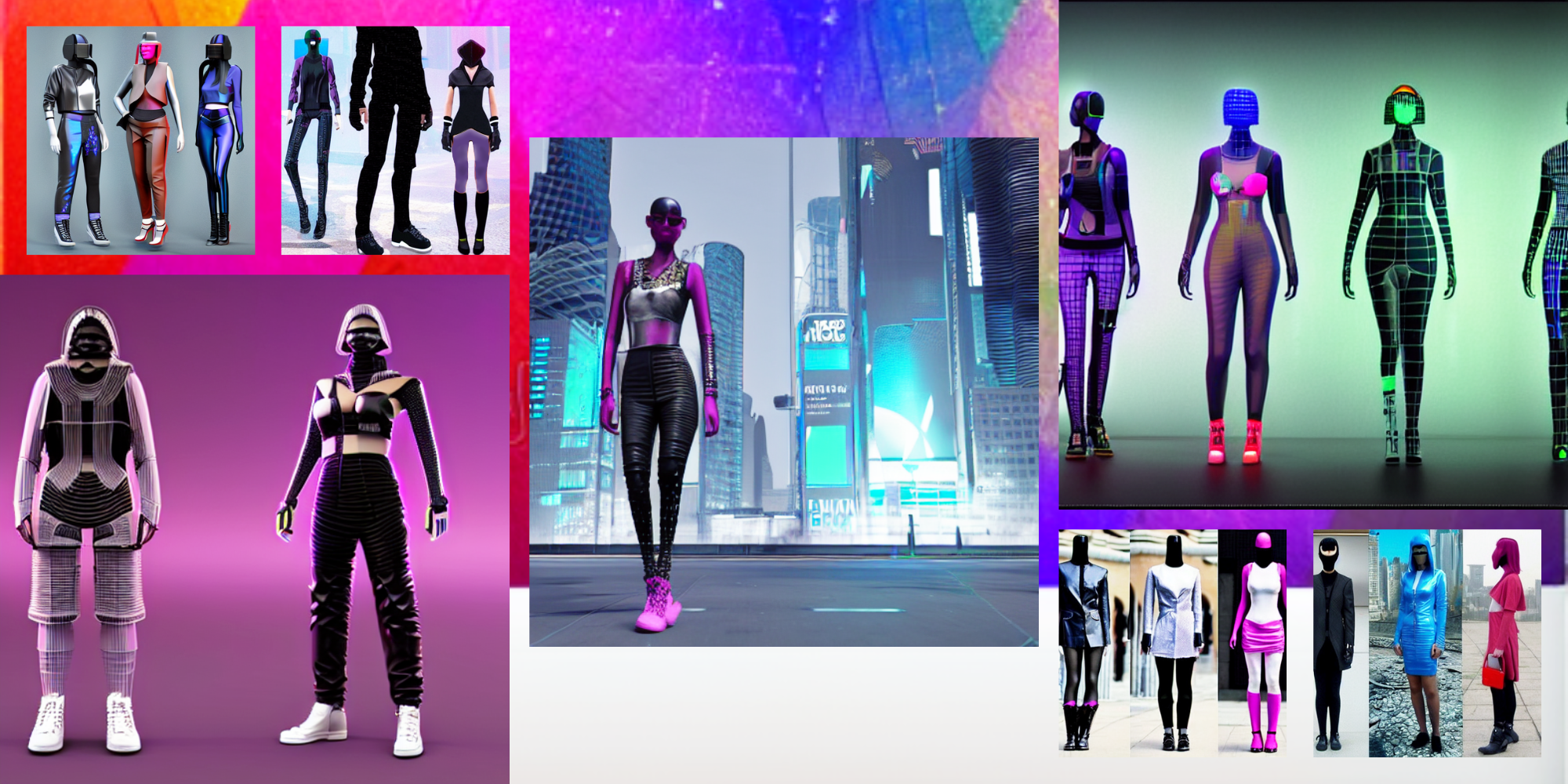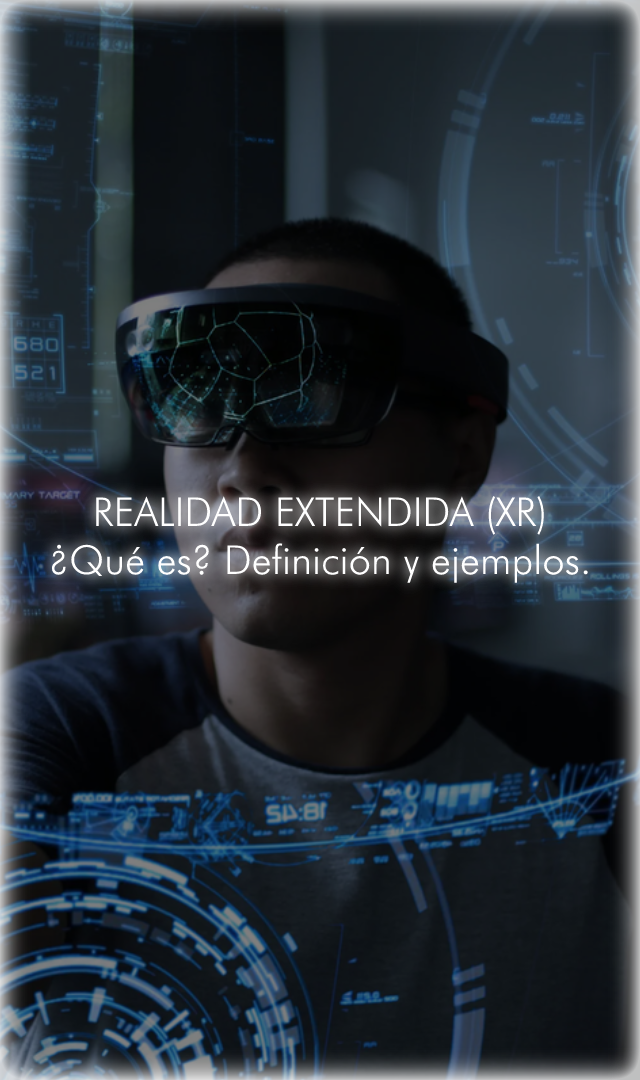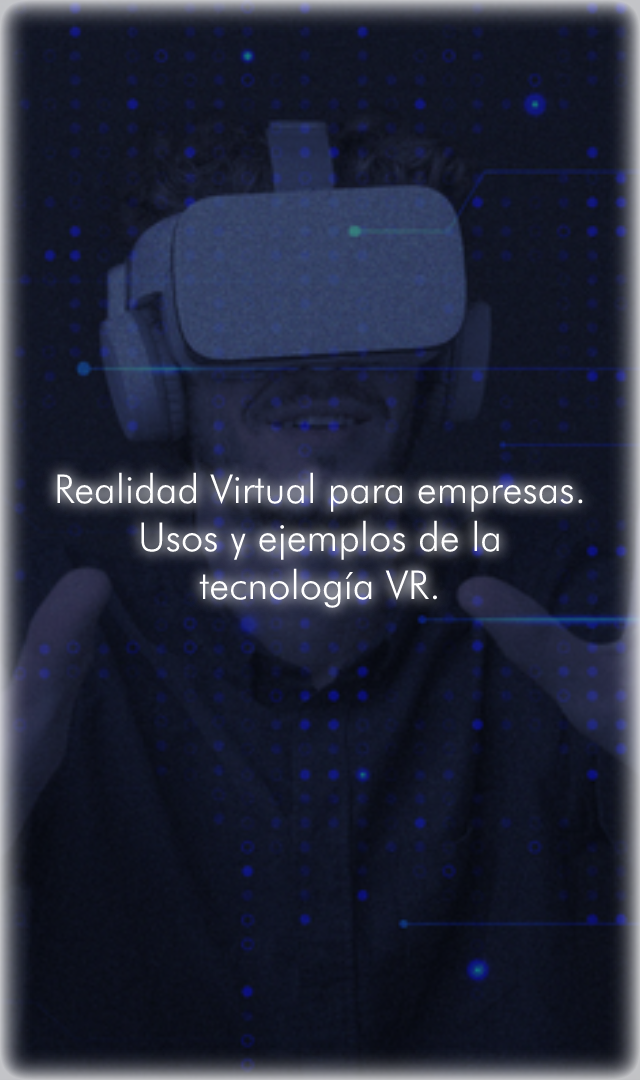The Digitization of Fashion in the Metaverse
In recent years, we have seen an increase in the use of online platforms for selling clothing and accessories, as well as the use of social media and other digital platforms to promote and publicize the latest fashion trends.
Also, in a more virtual way, the early foundations of the Metaverse are generating interesting projects underway. For example, some brands are experimenting with Virtual Reality and Augmented Reality to offer customers the chance to experience how they would look in different garments before buying them. On the other hand, there are also projects underway that seek to create virtual environments in which customers can interact and customize their own fashion looks and relate more closely to the brand.

Designing and marketing digital apparel in the Metaverse
Offer limited access and exclusive experiences
Building and driving a virtual community
Create and gamify virtual exhibition spaces
Key technologies of the Metaverse applied to fashion
The current reality makes it difficult to make a precise list of the main technologies to be developed to further drive the creation of the Metaverse, as the concept still has different approaches and no concrete path for its development is defined.
Despite this, based on the current technology landscape and the projects that have been emerging and succeeding in recent months, we can be convinced that the following technologies will be important for the development of the Metaverse.
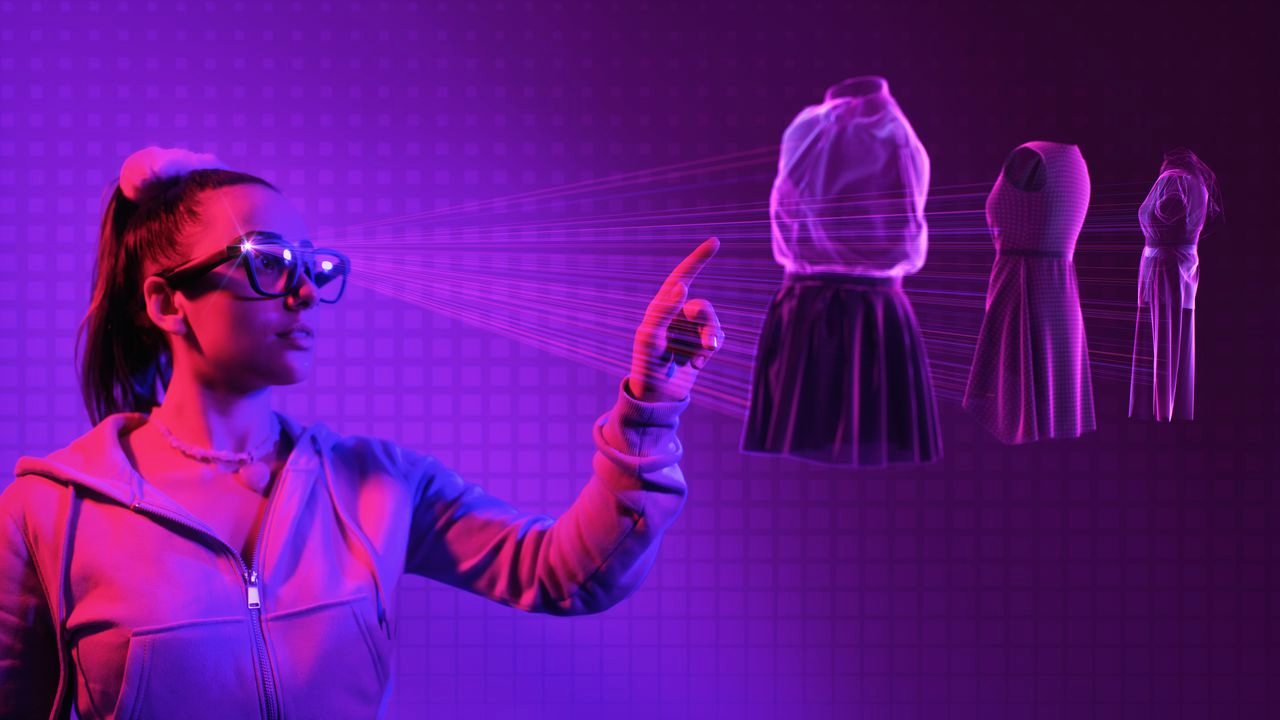
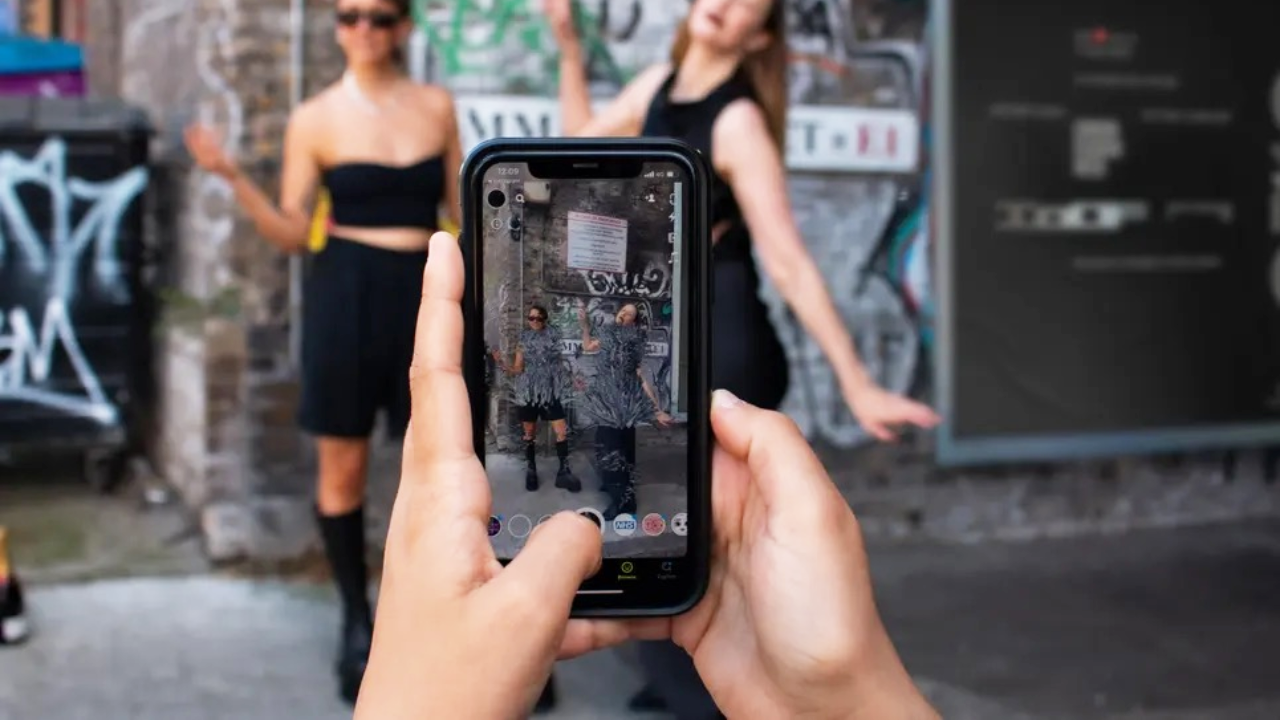
Virtual Reality and Augmented Reality
These technologies allow users to interact with virtual elements in a natural and realistic way, being necessary both to create highly immersive and realistic environments, and to facilitate the design and visualization of products and projects virtually.
Graphic engines
From the hand of VR and AR, graphic engines are essential for the creation of the Metaverse, offering the necessary tools and functionalities to create the virtual environments and experiences that users will have access to. Mainly, we can highlight Unity and Unreal Engine 5 as the most adapted and powerful at present to carry out this type of developments.
Artificial Intelligence
AI applied to the Metaverse can be used to create digital entities that can interact with users in an autonomous and coherent way, such as avatars that can have conversations with users and adapt to their needs and preferences.
Blockchain
Blockchain technology allows the storage and management of a large amount of data and transactionsoffering users security, decentralization and transparency. It is currently already being used in virtual platforms such as Decentraland or The Sandbox.
5G Network
The Metaverse will be a highly connected environment where large amounts of data will be shared and processed in real time, so it will be necessary to develop the 5G network infrastructure to ensure the scalability and reliability of the Metaverse.
YOU MAY ALSO BE INTERESTED IN:
Benefits of the Metaverse for fashion brands
- Broader reach: The Metaverse allows fashion brands to reach a wider audience through virtual platforms, which in turn generates in increased brand visibility.
- Cost savings: Whether developing events in the virtual world or selling digital assets, the Metaverse allows brands to save costs compared to real-world processes, resulting in higher profits.
- Media awareness: The Metaverse concept has attracted a lot of attention in recent months, including, of course, from journalists and the media. Innovative projects have a high chance of being newsworthy.
- Development of new business models: Through the Metaverse, as a new channel of communication with the public, fashion brands are generating new purely virtual business models by selling digital assets.
Examples of fashion projects in the Metaverse
Personalized, gamified and interactive virtual environments
Some of the examples we can highlight are those of NikeLand, GucciTown or The Ralph Lauren Winter Escape, in Roblox, and the Metaverse Fashion Week or the Springfield Metacollection in Decentraland.
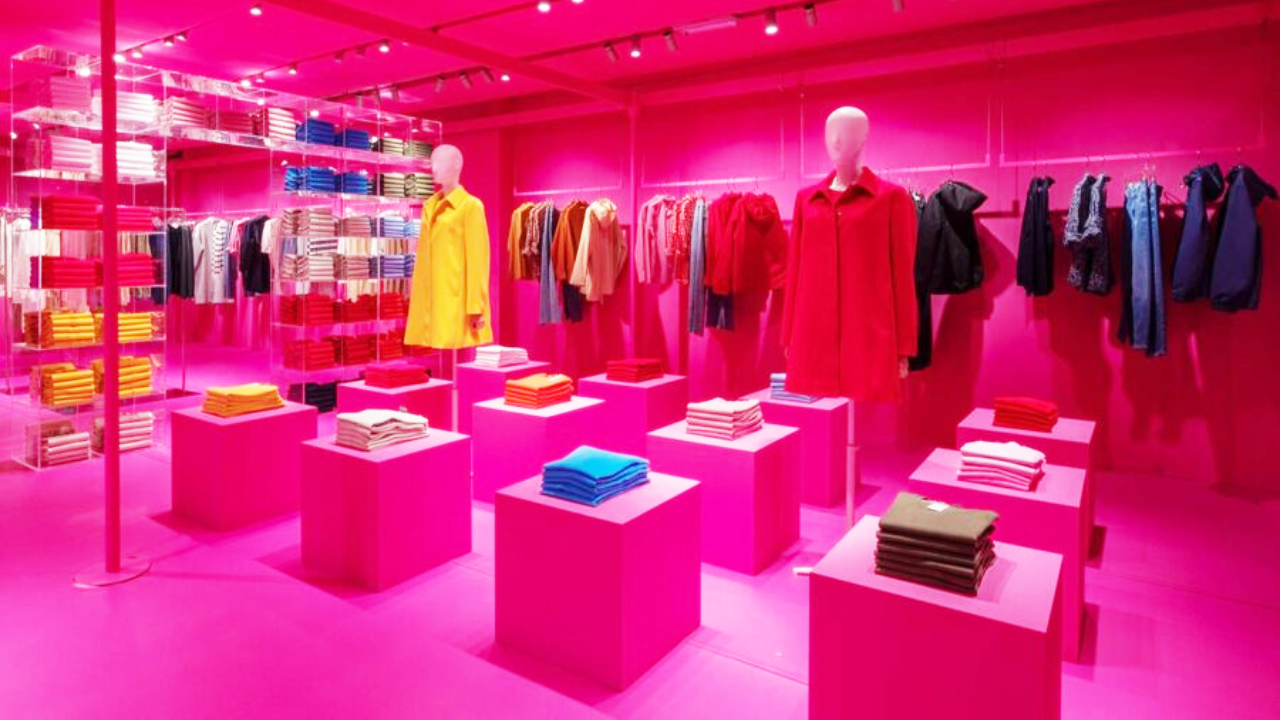
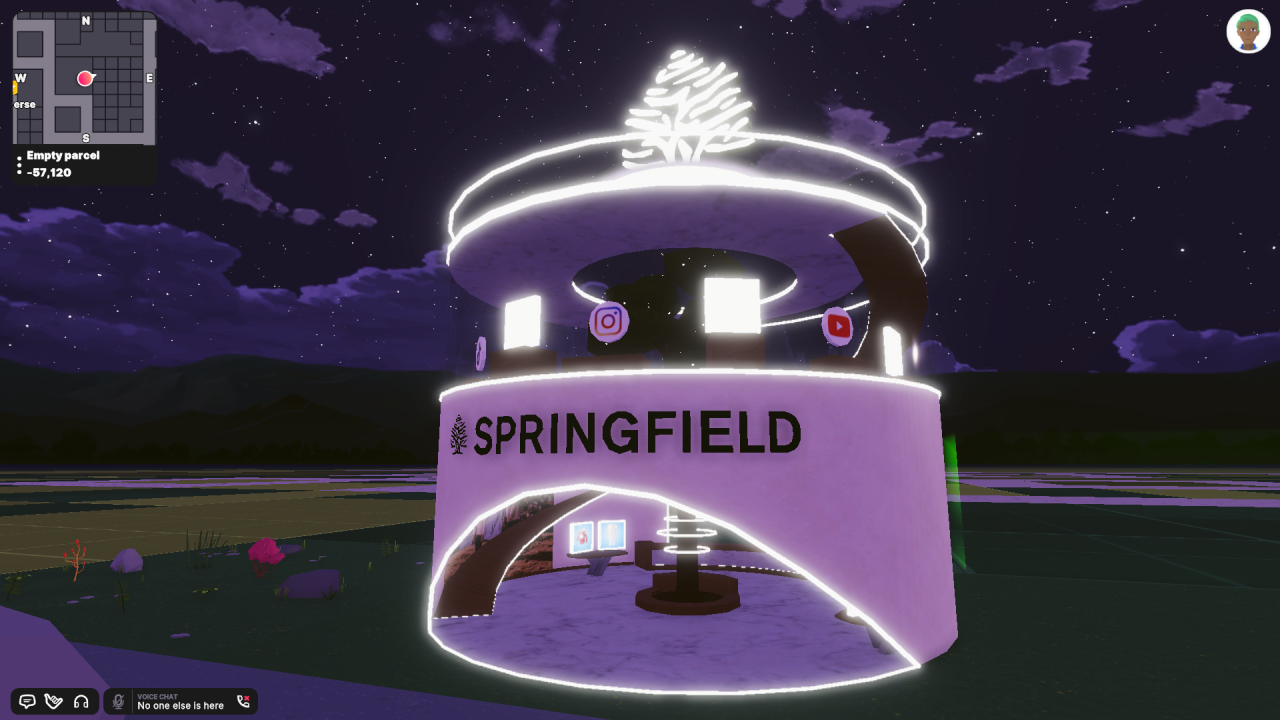
Use of virtual avatars for the presentation of new collections
Marketing products digitally or driven by the virtual world
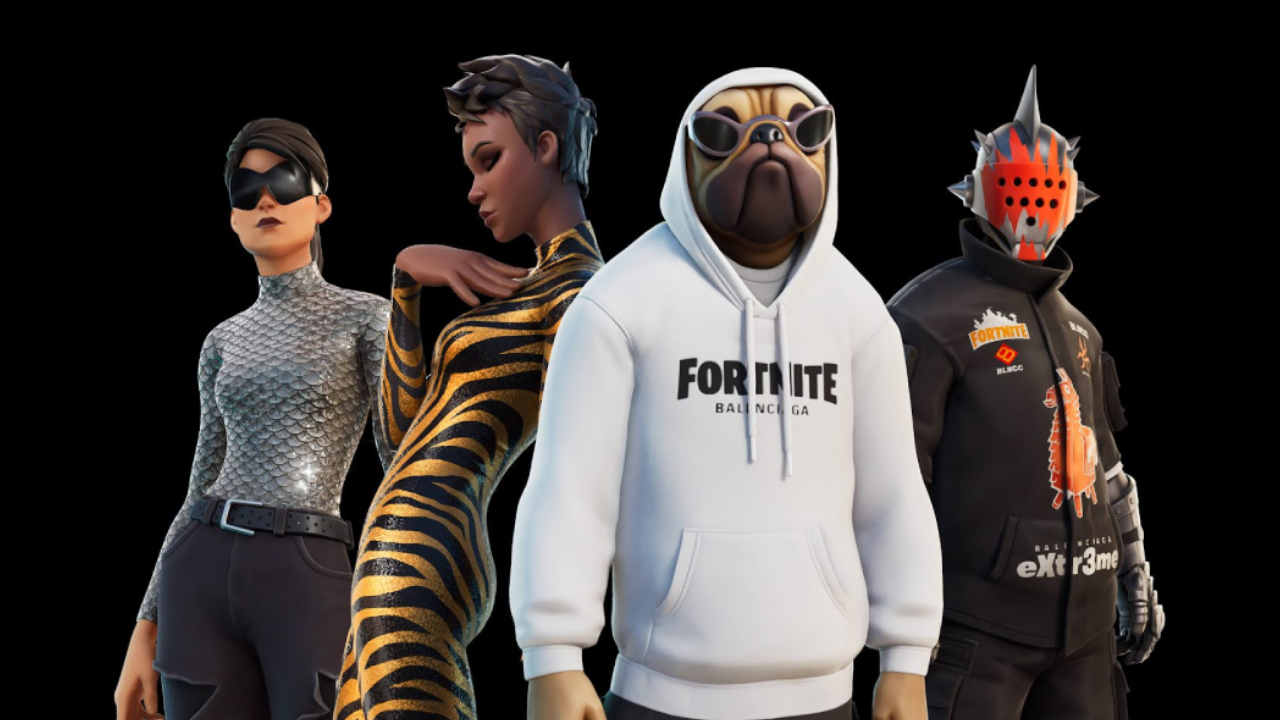

SIMILAR CONTENT
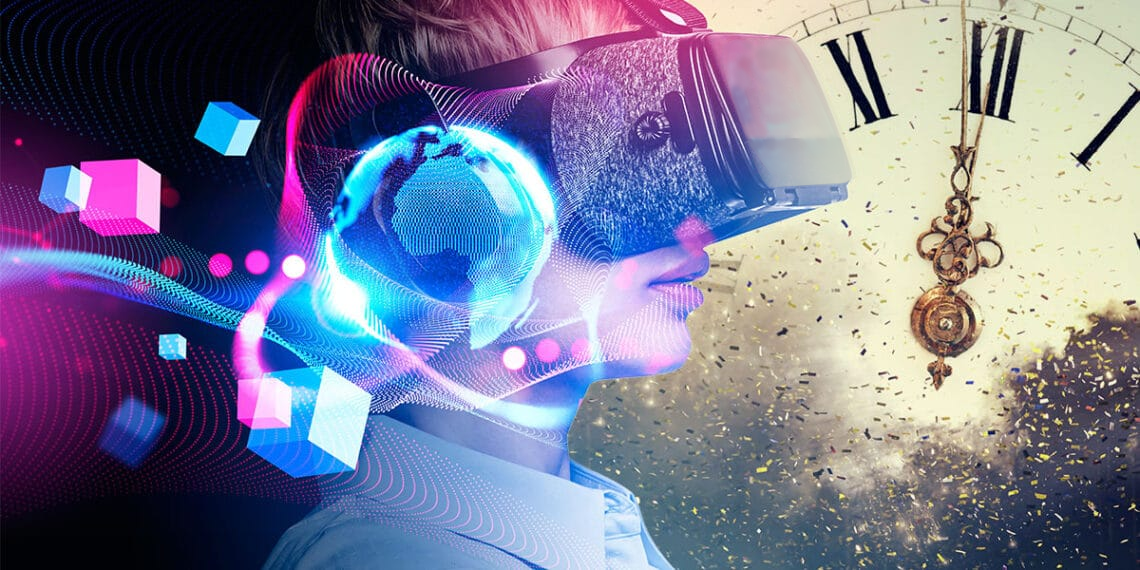
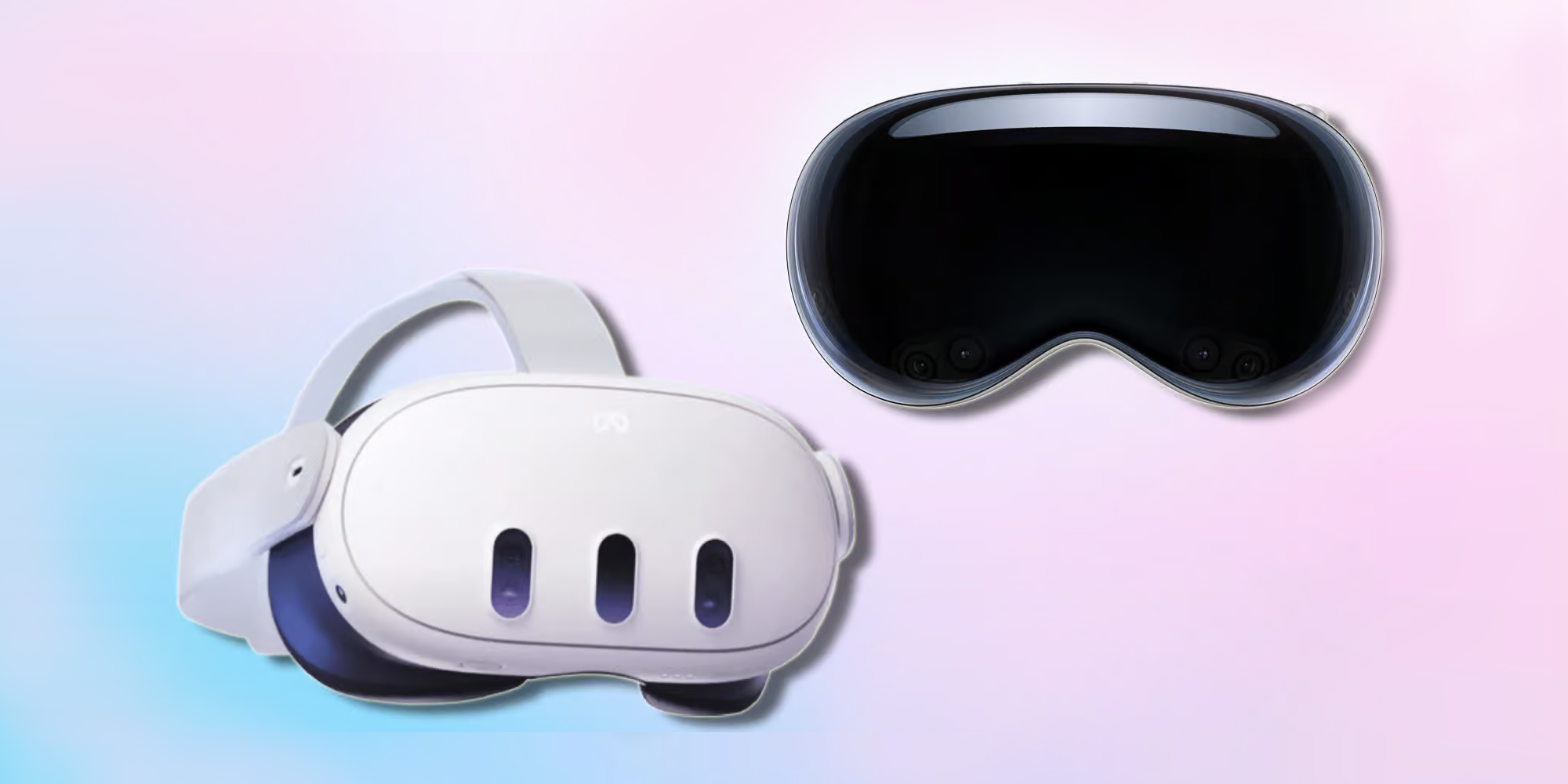
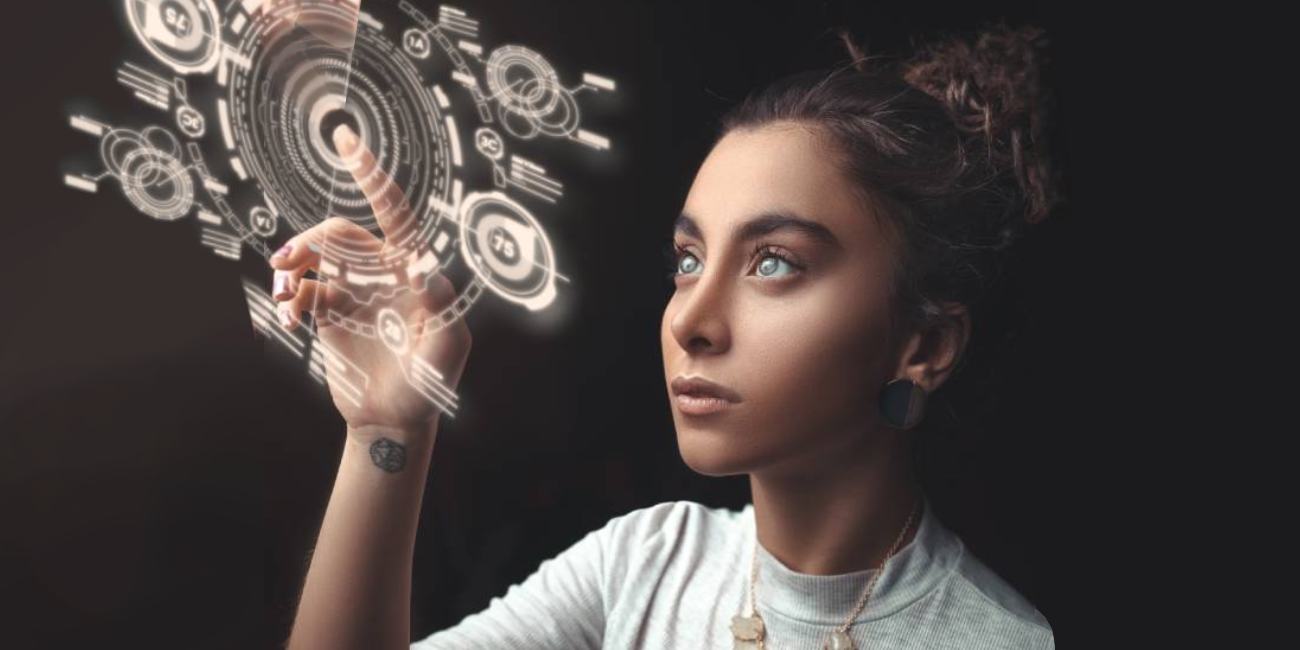









 RETURN
RETURN
